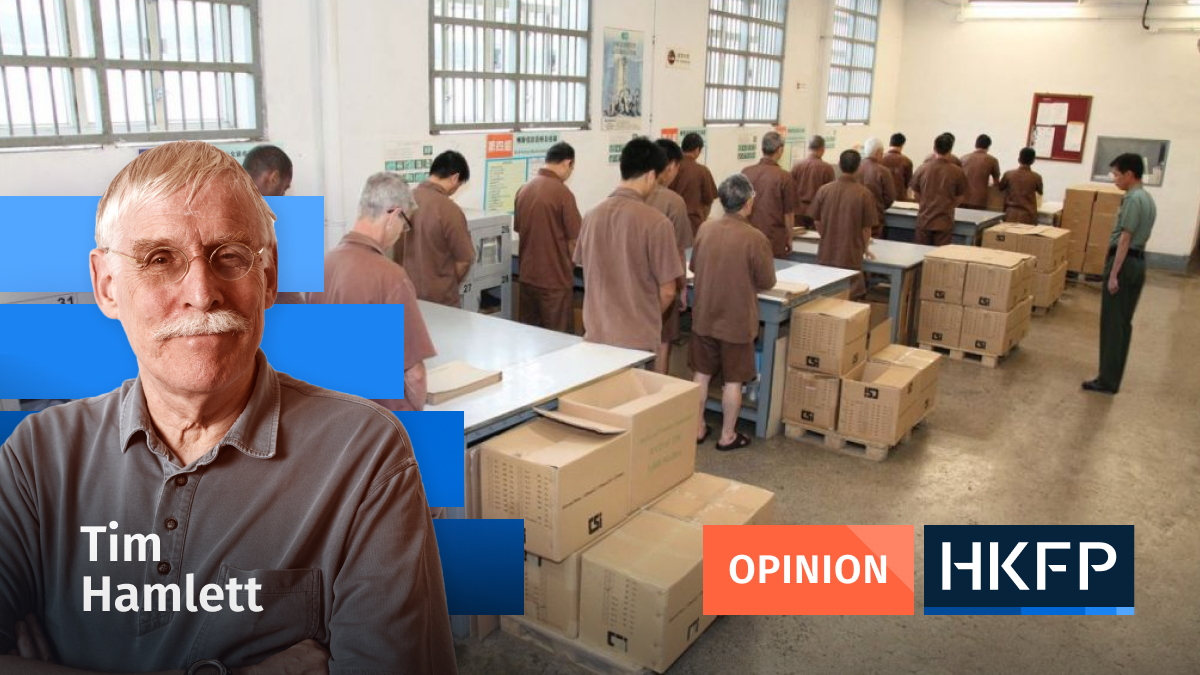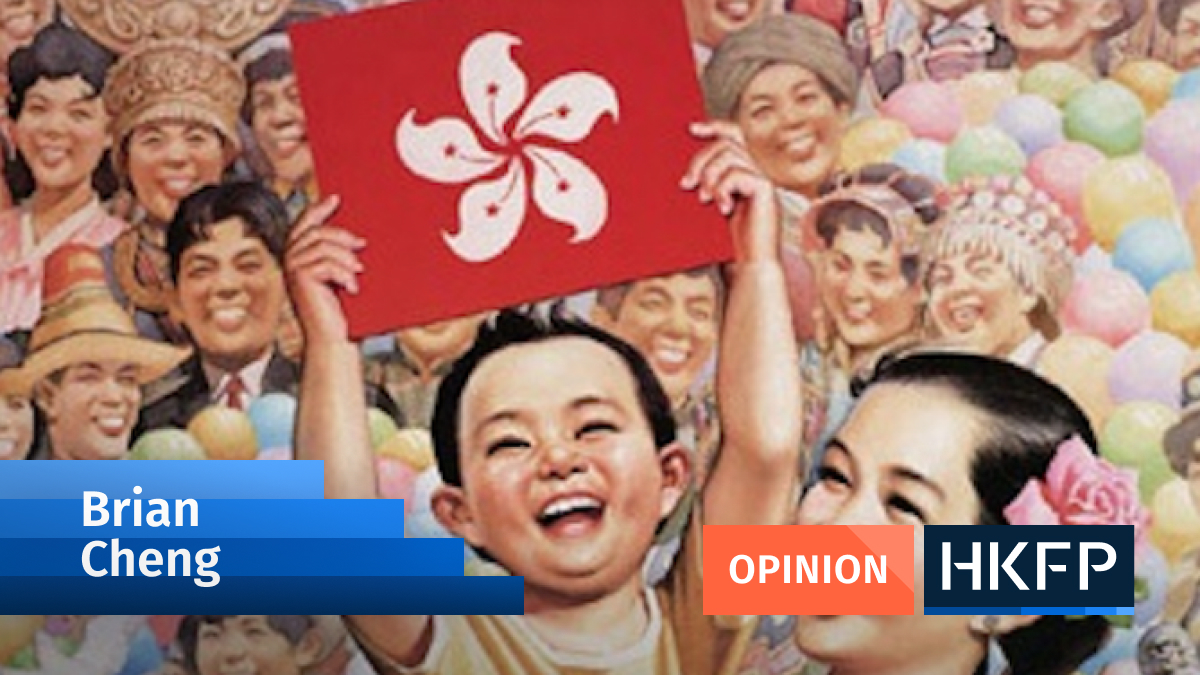By Anant Deboor
Earlier this week, lawmaker Regina Ip wrote an excellent piece headlined “Hong Kong has a PR problem – time to put an expert in charge of its information department.” Its core message concerned the revolving doors within the Information Services Department, with nine different Administrative Officers leading it since 1997. Ms Ip pulls no punches about this issue, talking about the “scant importance the government attaches to public relations and public communication.”

No one can disagree with that. However, as a marketer, I believe the question we need to ask is: Are we framing the issue incorrectly, which is why we aren’t able to find the right leadership for that crucial role? More specifically: Is public relations really the heart of the issue? Or is bad PR a symptom of a deeper problem that prevents us from finding the right leader?
I believe the core issue has been a total lack of brand and marketing savvy. Hong Kong as a product has some amazing assets and advantages, conferred through a unique combination of geography and history. What has been lacking is the pro-active shaping of a powerful, clear and unifying brand idea and marketing strategy. This could then be activated through a compelling multi-sensory brand expression and communications programme that includes PR.

Why is this important?
Let’s rewind to the 1970s and New York City. It was on the brink of total failure and self-destruction. The lords of crime and drugs had seized control. Per one account, at 9.34pm on July 13, 1977, two lightning bolts hit the power grid, plunging the city into total darkness. In the following few hours, 1,616 businesses were ransacked and looted, resulting in 3,776 arrests in a single night. The city was facing total financial insolvency, leading to the trade unions creating a media campaign titled “Welcome to Fear City.”
What changed? The start came through a leadership which understood that the core issue was within, and that it was bound up with New York’s own sense of self-belief and brand identity. John Dyson, the commerce commissioner, and Bill Doyle, the deputy commissioner, were both marketing veterans. They needed to articulate and kindle a sense of pride, ownership and love for the values that had made New York successful: unbridled energy, entrepreneurship, creativity and diversity.
While the most famous outcome of this rebranding effort was Milton Glaser’s iconic “I Love NY,” with a heart symbol substituting for the word “love,” the bigger story was about defining and vividly articulating the idea behind. Once this idea of Brand New York was crystallised, it was followed up with real action with initiatives like the late-90s Operation Crossroads by the NYPD, an example of even police action adopting a marketing mindset. The rest of the communications and PR built up this platform. With a larger strategy creating distinct experiential dimensions via the different boroughs of New York. Across myriad target groups.

Or take the case of Amsterdam circa early 2000s. A city that was famously defined by sex, drugs and canals embarked on a journey that started with defining its brand identity around the cherished values of openness, tolerance and creativity, expressed through the slogan “I amsterdam.”
What can Hong Kong learn from this?
The process of image-building starts from within – it is about understanding and defining the core values that shape our identity. Sure, our epic skyline, the country parks, the skyscrapers, the islands are all physical identifiers but it is the stories of our unique history that define the culture and identity of Hong Kong. And reinterpreting that in the context of tomorrow.
Throughout its history, the city has been a magnet for the refugees, the recalcitrants, the iconoclasts, those seeking new lives, and indeed anyone who seeks a newer, fresher version of themselves. It isn’t just generations of local Chinese whose ancestors were once from mainland China or other parts of Asia, it is also the west. Remember FILTH (failed in London, try Hong Kong)?

Even physically, Hong Kong’s coastlines and topography have changed – and continue to change – dramatically. Not a day passes without some form of replacement of the past with someone’s vision of the future, sometimes myopically so.
Writer Nassim Nicholas Taleb describes Hong Kong as the Anti-Fragile city: one that isn’t just resistant to shocks, but actually strengthened by them. At the heart of the Hong Kong DNA is this powerful narrative of audacious regeneration. The articulation of the identity of Hong Kong must embrace this very emotional history, the globally respected institutions as well as the opportunity of being part of China. And understand that just as Beijing is North and Shanghai is East… so can Hong Kong be the definition of South.
Today, combined with being part of the Greater Bay ecosystem, as well as one of the planet’s most respected hubs of commerce, Hong Kong has an influence and a global confidence that no other Asian city possesses. There is a lot Hong Kong can offer the rest of China with its global brand’s soft power, but equally there is a lot that Hong Kong can learn from Chinese culture in being able to “think long.”
And that is really the nub of the issue. Framing it as PR risks thinking of it as the next media release and nothing more. Framing it as a brand challenge calls for thinking long, and thinking strategically before defining the media platforms that deliver and activate that strategy.
I recently spoke with Jose Torres, founder/CEO of Bloom Consulting, one of the world’s top nation branding specialists, who said, “Hong Kong already has an amazing set of associations that define the brand. It needs to be articulated and expressed well.”

That really means putting in place a leadership and team with a brand-centric mindset, but with the capabilities to build city and place brands – which also means making the role more central in the process of formulating policy, instead of treating it as a “PR afterthought.” That calls for not just marketing, research and media nous but also an understanding of political science, policymaking, sociology, etc… and lots of patience! If we don’t take a pro-active approach to shaping our brand, we will default to more of what has been happening… bad PR.
Anant is a proud Hongkonger who specialises in brand and strategic marketing, advising corporates around the world. Follow him on Twitter.
Support HKFP | Policies & Ethics | Error/typo? | Contact Us | Newsletter | Transparency & Annual Report | Apps
| HKFP is an impartial platform & does not necessarily share the views of opinion writers or advertisers. HKFP presents a diversity of views & regularly invites figures across the political spectrum to write for us. Press freedom is guaranteed under the Basic Law, security law, Bill of Rights and Chinese constitution. Opinion pieces aim to point out errors or defects in the government, law or policies, or aim to suggest ideas or alterations via legal means without an intention of hatred, discontent or hostility against the authorities or other communities. |
Help safeguard press freedom & keep HKFP free for all readers by supporting our team

More HKFP OPINION:
HKFP has an impartial stance, transparent funding, and balanced coverage guided by an Ethics Code and Corrections Policy.
Support press freedom & help us surpass 1,000 monthly Patrons: 100% independent, governed by an ethics code & not-for-profit.










